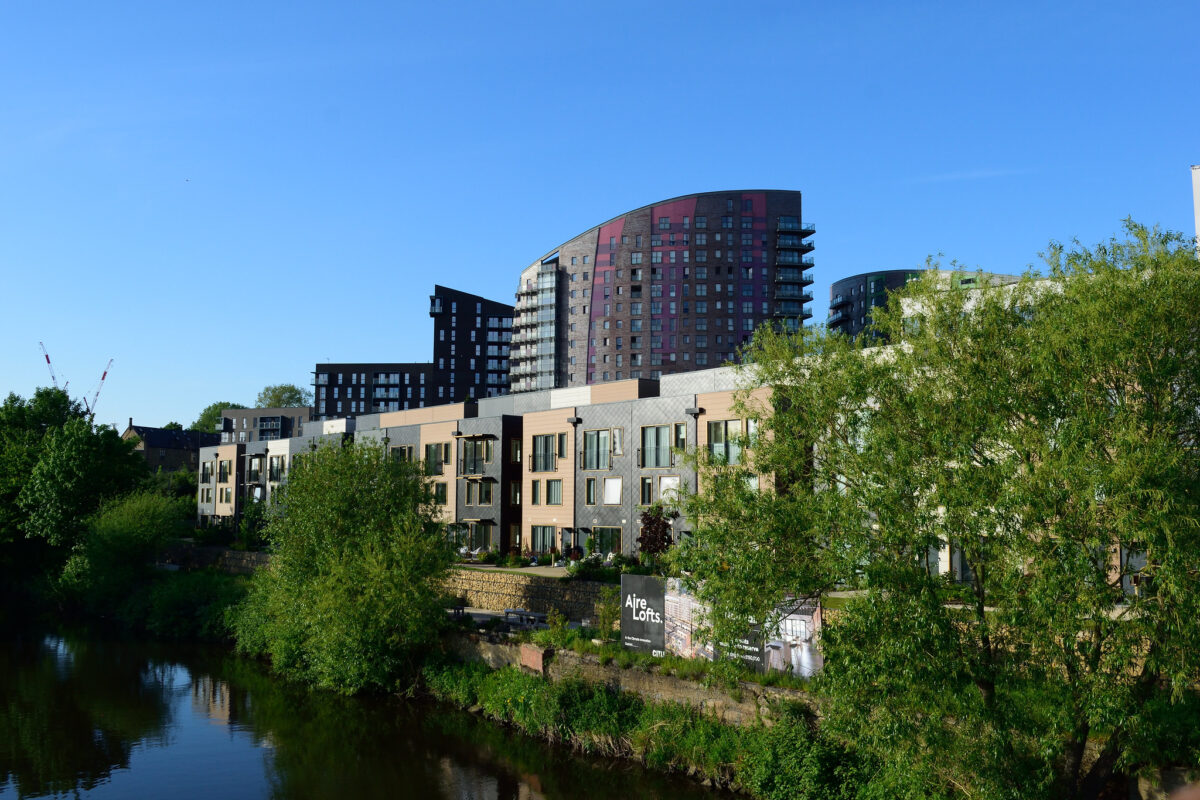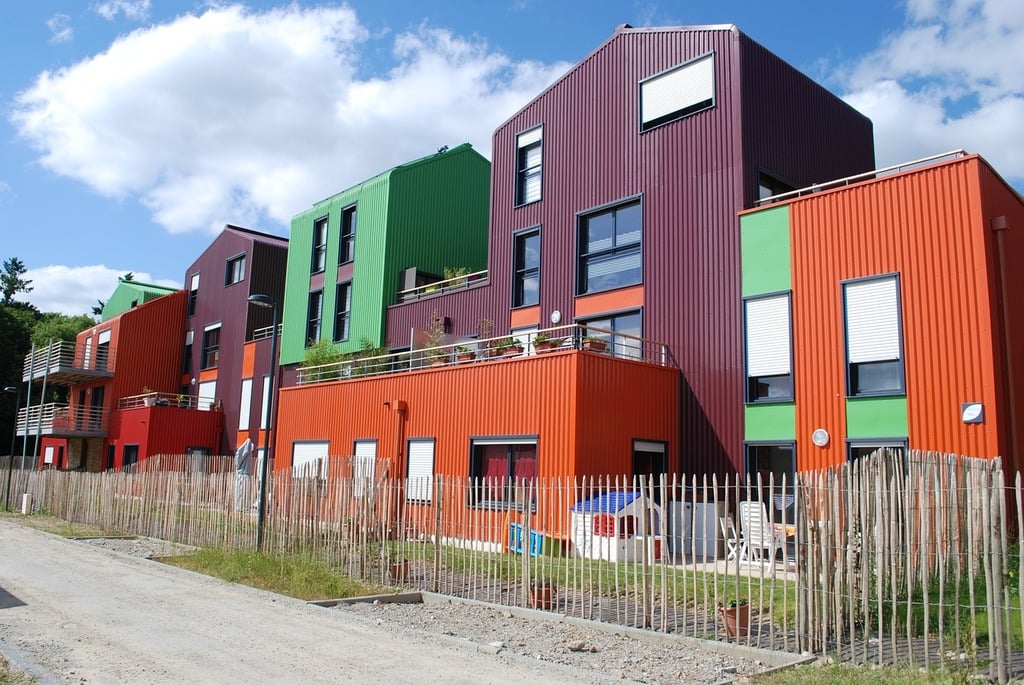A recent case in Bagshot in Surrey shows how the Labour Government’s new ‘grey belt’ rules, introduced in late 2024, will likely unlock hundreds of thousands of much-needed homes across the country.
The reform of Green Belt rules has proven to be an underestimated game-changer for housing development. In just a few months since its introduction, councils and inspectors across England have started approving projects on formerly restricted sites. Even councils that were historically opposed to development are now seeing new homes approved on grey belt land, in a transformative shift in the amount of land available for homes. But what is grey belt, how does it differ from regular Green Belt rules, and why could it have such a huge impact?
What is grey belt?
Grey belt land refers to parts of the Green Belt that are previously developed or that don’t strongly contribute to three of the Green Belt’s original purposes: to prevent the ‘unrestricted sprawl of large built-up areas’, to stop ‘neighbouring towns from merging into one’, and to ‘preserve the setting and special character of historic towns’.
The original idea of ‘grey belt’ covered disused quarries, old industrial sites, scrubland – but we have moved far beyond that. Recognising that blanket Green Belt protections were imposing tight limits on greenfield development, the Government’s December 2024 update to the National Planning Policy Framework carved out this new ‘grey belt’ category.
Crucially, developing grey belt sites is no longer automatically considered ‘inappropriate’ development under planning rules. This marks a huge shift: such proposals no longer need to prove ‘very special circumstances’ to justify building on Green Belt, and instead enjoy a presumption in favour of approval if certain criteria (like providing affordable housing) are met. In short, the default for qualifying grey belt land has flipped from ‘no, you can’t build’ to ‘yes, you probably can’ – a seismic reversal of decades-old policy. The core Green Belt protections remain for high-value landscapes and buffers, but this targeted reform frees up many other areas.
When is a town not a town? When it’s a village
One of the first real-world tests came in Bagshot, Surrey, where a planning inspector approved 135 homes on Green Belt land after ruling that nearby settlements were villages, not towns, meaning the development wouldn’t breach the Green Belt’s purpose of preventing towns from merging. Under the old rules, such a scheme would likely have been refused outright. But under the Government’s new policies, land that fails to meet key Green Belt purposes – and offers public benefits like affordable housing – can now be approved without needing ‘very special circumstances’. That quiet shift is already delivering homes to meet the national need for 1.5 million homes.
Bagshot is no isolated case. Across the country, grey belt reform is already turning NIMBY ‘no-go’ sites into housing developments. Even local authorities long resistant to Green Belt release are coming around when a site is shown to meet the grey belt criteria. In St Albans – which hadn’t adopted a new local plan in decades – council members recently approved a 550-home scheme on land that officers identified as grey belt. Basildon Borough Council likewise gave the nod to 250 homes on a grey belt site that wouldn’t have happened a year ago. Planning inspectors, too, are applying the new policy at a rapid clip: by February 2025, at least 86 appeal decisions had already cited ‘grey belt’ in their reasoning, and by March, that figure had grown to over 100. From a large data centre outside London to new housing estates in the Home Counties, dozens of developments that once faced near-certain rejection are moving forward under these updated rules. This surge in planning activity suggests grey belt reform is quickly lowering barriers to development on underused land.
Economic impact and housing potential
The expected impact of grey belt policy is backed by economic forecasts from the Office for Budget Responsibility (OBR), which factored the new planning reforms into its Spring 2025 outlook and concluded that housebuilding will reach levels not seen in 40 years.
The OBR projects that, by 2029/30, these reforms will enable roughly 170,000 additional homes to be built beyond what would have happened otherwise. In that year alone, housing supply is expected to be 30% higher than previously forecast, helping move the country closer to the Government’s goal of 1.5 million homes this parliament. Crucially, this isn’t just about hitting numbers – it will translate into stronger economic growth. By the end of the decade, the increased housing development is expected to make the UK’s GDP 0.2% larger, equivalent to about £6.8 billion in today’s money. That gain could double to over 0.4% of GDP by the mid-2030s if momentum continues. For a zero-cost policy change, it’s one of the most impactful growth boosts the OBR has ever scored. Getting more homes built thus isn’t just housing policy – it’s economic policy, with the potential to improve productivity and living standards by making housing more affordable where it’s needed most.
The Government’s ‘golden rules’ for green belt and grey belt building means that development brings more than just economic growth. Those rules require developers to include affordable housing, improve green space, and build new infrastructure such as GPs or schools. We are already seeing the benefits in areas that have failed the most to build new homes. St Albans has struggled to build enough homes for a growing population, but a scheme in Harpenden has recently passed because of the new reforms. The proposal is for 420 homes, half of which will be affordable housing tenures, 130 retirement homes and a £9.5 million contribution to local schools.
What scale of housing will grey belt reform ultimately deliver? Early analyses suggest the numbers could be very substantial. One study estimates that roughly 300,000 new homes might be built on grey belt land across England in the coming years – effectively an entire year’s worth of housebuilding generated by reclassifying portions of Green Belt. Another estimated a potential capacity of 3.4 million homes! These figures are speculative, but they underscore the enormous potential of these sites. Grey belt policy is starting to deliver housing in some of the nation’s most constrained housing markets.
It’s still early days, and local authorities and developers are feeling their way through the new rules. There will be plenty of litigation over what counts as grey belt, and the rules are sufficiently imprecise that someone will have to make a judgment on each site.
But the initial results are clear. A policy that many assumed would be minor or symbolic is already making a real difference. The Government has proven that England can rapidly start to add tens of thousands of homes. This under-the-radar policy tweak will soon be having a major impact, which will be noticed across the country. The grey belt, once underestimated, is proving to be a game-changer for delivering new homes.













